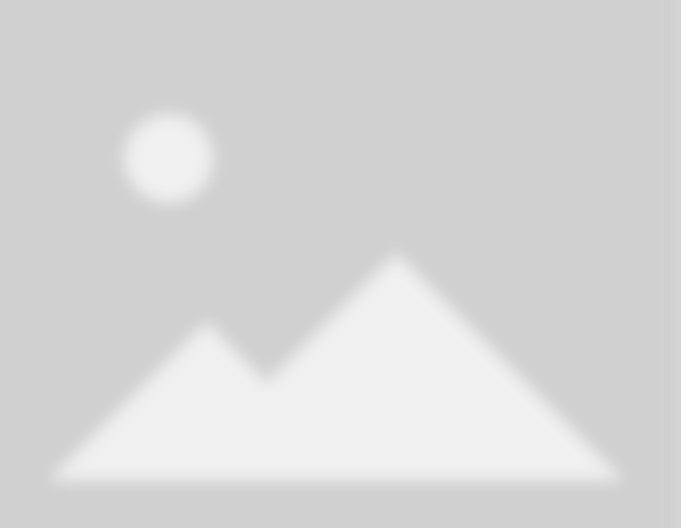Gable vs Hip Roof: Which One Is The Right For Your Home?

Gable vs Hip Roof: Which One Is The Right For Your Home?

The roof is a crucial element of your home, shielding you from the elements and contributing significantly to your house's overall aesthetic. Gable and hip roofs are two of the most popular roof designs, each offering distinct advantages and disadvantages.
Understanding the differences between gable and hip roofs is not just about architectural knowledge; it's about you, the homeowner, making informed decisions for your next roofing project. So, let's dive into this blog post about gable vs hip roof to equip you with the correct information. Enjoy your read!
What Is a Gable Roof? The Classic Choice

Let's start with the gable roof, a classic and widely recognized roof style. Its distinctive triangular shape, formed by two sloping sides meeting at a ridge, is not just a design feature; it's a symbol of simplicity, affordability, and spaciousness.
Here are some of the advantages of a gable roof:
Cost-effective:
Gable roofs are less complex to design and construct than hip roofs, resulting in lower overall costs.
Ample attic space:
The triangular form creates a voluminous attic space, perfect for storage or conversion into a living area.
Efficient ventilation:
As said in our article about the “anatomy of a roof,” gable roofs offer good ventilation. Gable vents can be easily incorporated to promote proper air circulation within the attic, preventing moisture buildup and ensuring good roof health.
Versatility in design:
Gable roofs can be combined with other roof styles, such as sheds or dormers, to create unique and visually interesting exteriors.
Now let’s take a look at its disadvantages:
Wind vulnerability:
Gable roofs' large, flat surfaces can be susceptible to strong winds, potentially leading to uplift and damage. This might be a concern in regions experiencing frequent high winds.
Limited architectural style:
Gable roofs might appear less modern or sophisticated than other roof designs.
What Is a Hip Roof: The All-Weather Performer

Now, let's turn our attention to the hip roof, a design that's as practical as it is stylish. With its four sloping sides converging at a central point, it's like a pyramid on top of your home.
This unique design offers superior stability and weather resistance, making it an excellent choice for areas prone to high winds or heavy snowfall.
Here are some of the advantages of a hip roof:
Enhanced wind resistance:
The multiple slopes and absence of flat surfaces make hip roofs sturdier and better equipped to handle strong winds. This is a significant benefit in windy areas.
Excellent snow shedding:
The angled sides of a hip roof prevent snow accumulation, reducing the risk of roof collapse and ice dams. This is ideal for regions with heavy snowfall.
Visually appealing:
Hip roofs offer a clean, sophisticated aesthetic that complements various architectural styles.
Now let’s take a look at its disadvantages:
Higher construction cost:
The complex design of hip roofs requires more materials and labor, making them more expensive than gable roofs.
Less attic space:
The diagonal bracing needed for hip roofs consumes some attic space, limiting its potential for storage or conversion.
Ventilation challenges:
Venting a hip roof can be slightly trickier than a gable roof due to the absence of gable vents.
Choosing Between Gable and Hip Roofs
The ideal roof type for your home depends on various factors, including your budget, local climate, architectural preferences, and desired functionality. Here's a quick guide to help you decide:
Opt for a gable roof if You prioritize affordability, require ample attic space, and live in an area with moderate weather conditions.
Choose a hip roof if You reside in a windy or snowy region, value a sleek and modern aesthetic, and are willing to invest in a more robust roof system.
Additional Considerations:
Local building codes: Certain regions might have building code regulations that favor specific roof styles based on weather patterns or structural requirements.
Homeowners Association (HOA) restrictions: If you live in a community with an HOA, there might be guidelines regarding permissible roof types and materials.
Professional consultation: Consulting a qualified architect or roofing contractor can provide valuable insights tailored to your needs and property.
By carefully considering the pros and cons of gable and hip roofs and the factors mentioned above, you can make an informed decision that ensures your home's structural integrity and aesthetic appeal.
If you are considering a hip or a gable roof, you can hire Dyson Roofing Corp. We can provide seamless and professional installation for either option. With their expertise, you can be confident in the quality and durability of your roofing system.
